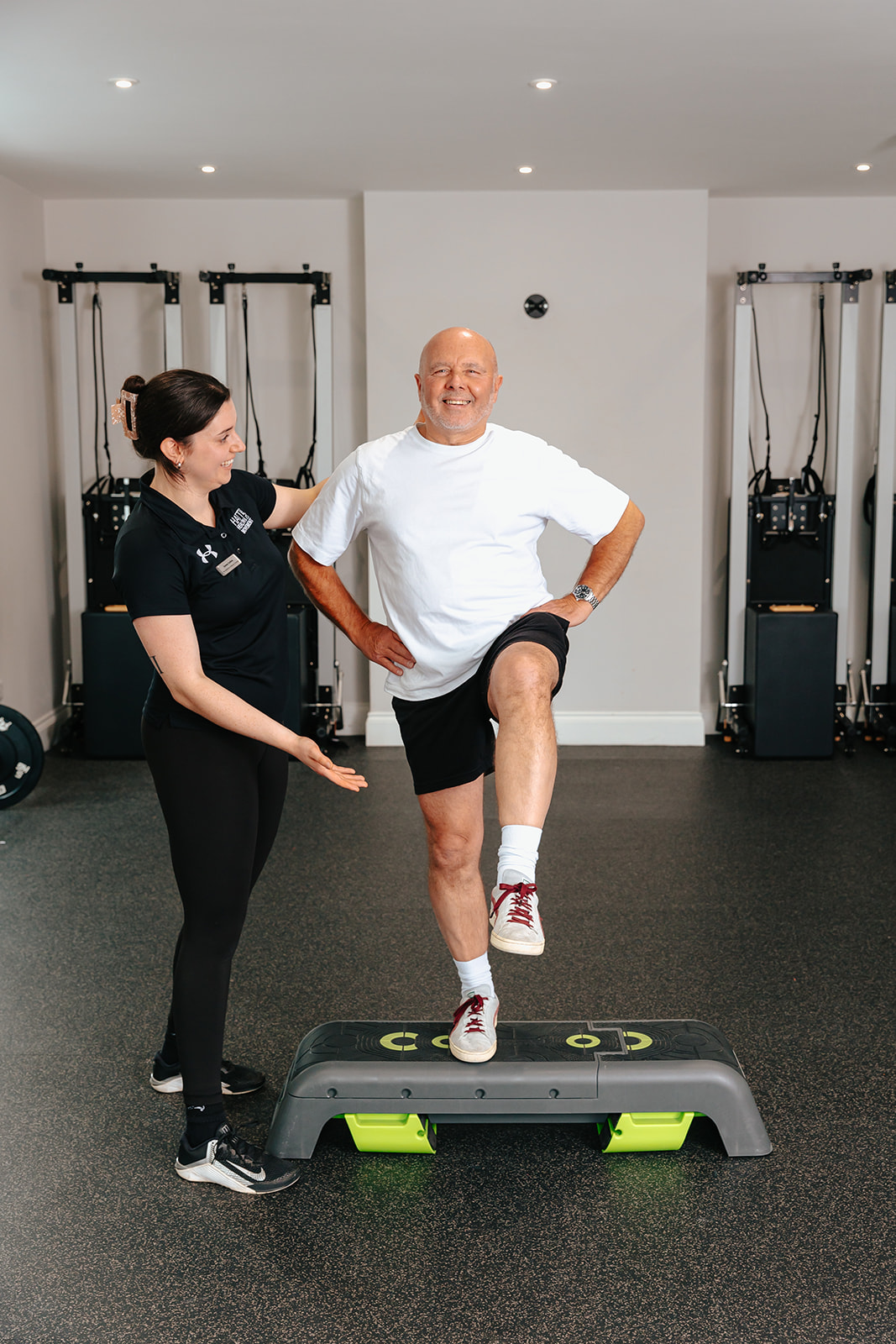Steph Hatt
March 08, 2022
April 07, 2017

It can be argued that the most important period in terms of minimising the effects of an injury and helping to make the rehabilitation process easier is how that injury is managed in the first 48 hours.
The P.R.I.C.E. protocol is often recommended during the inflammation stage after an acute injury, such as a sprain, strain, or contusion. Learn more about how it works.
P.R.I.C.E is one of the most widely recognised approaches for managing acute injuries. This protocol consists of five critical steps: Protection, Rest, Ice, Compression, and Elevation.
Each stage plays a crucial role in promoting healing and minimising swelling and pain following an injury:
The first step focuses on safeguarding the injured area from further harm. This may involve using crutches, slings, or a brace to immobilise the injury, preventing any additional stress.
Rest is crucial in the early stages of injury recovery. By limiting stress on the affected joint or muscle, the body can allocate energy and resources toward healing. Your physiotherapist can recommend a specific period of rest based on the nature and severity of the injury. This may involve avoiding certain activities to give the injury time to heal properly.
Applying ice is a well-documented method for reducing swelling and numbing pain. Ice packs should be used for 20 minutes every two hours, especially in the first 24 to 48 hours following an injury. It is important to wrap the ice pack in a damp towel to avoid burns.
The cold temperature constricts blood vessels, which can help with swelling and inflammation, soothing the injured area effectively.
The next component of the PRICE protocol is compression. Applying a strapping or tubi-grip around the injury site helps control swelling and restrict excessive movement.
Properly applied compression not only dampens swelling but also promotes better blood flow, which can enhance healing by delivering oxygen to the injured tissues.
DO NOT wear compression overnight, as it can restrict blood flow while you are immobile.
To help reduce swelling, keep the injured area elevated above your heart. This can lower swelling and discomfort, helping you recover faster. You can prop the injured limb on pillows or cushions to keep it comfortable and in place.
While PRICE tells you what to do, the AAA principle tells you what not to do whilst managing an acute injury:
R.I.C.E (Rest, Ice, Compression, Elevation) is a well-established protocol for managing injuries, particularly soft tissue damage. Though it is very similar to P.R.I.C.E, the latter adds an important element to the recovery process: protection.
P.R.I.C.E is also considered the more modern method, better suited to severe injuries.
P.R.I.C.E is often recommended for injuries such as:
If you are in any doubt as to the diagnosis or severity of an injury you should seek further advice from a qualified health professional.